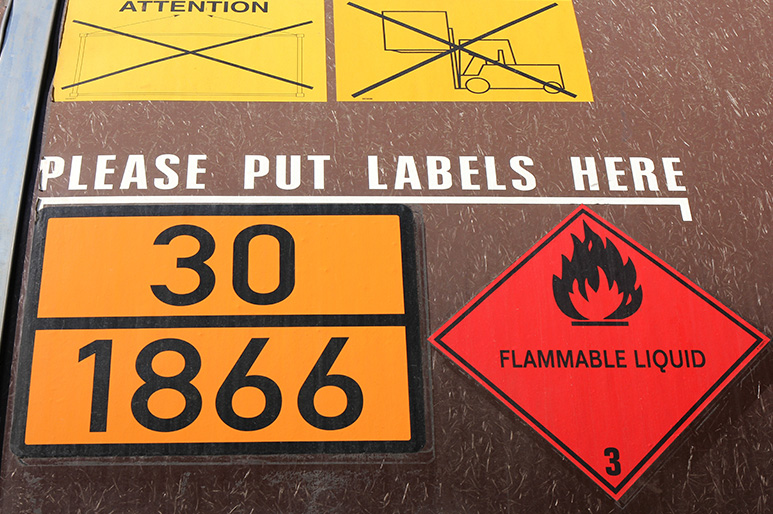
Nowadays there are about 12,000 substances, gases, solids and liquids recognized as dangerous goods.In order to facilitate their classification, they are divided into 9 groups based on one main characteristic:Class 1 – ExplosivesThis group is made up of those substances with the ability to rapidly change the state of their molecules from one state to another, usually from solid to gas, therefore, they can generate a large explosion.In turn, group 1 is subdivided as follows:Mass explosion hazard.Risk of projection without mass explosion.Risk of fire with blast wave or risk of projection.Slight risk of explosion.Very slight risk of explosion.Extremely insensitive articles....

Before we go into details on how to ship hazardous materials, one needs to understand that different types of cargo require different measures for transportation. For instance, non-perishable products like apparel, toys and home decor products can be easily packed up and shipped by air or sea without having to worry too much about the handling of the cargo. While these products may require less care, they also yield a lower profit margin. If apparel shipping is on the far left end of the spectrum of cargo-sensitivity, in terms of ease-of-care, hazardous and dangerous goods shipping are on the far right end. Great lengths must be taken to ensure its safe transport. First, ...

Dangerous goods (also referred to as Hazardous Cargo) means the substances, materials and articles that are covered by the IMDG Code and is cargo that is considered to be hazardous because of its flammable, corrosive, poisonous nature or other properties..IMDG Code (International Maritime Dangerous Goods) is a code adopted by the Maritime Safety Committee of the International Maritime Organization by resolution MSC.122(75) for the carriage of Dangerous Goods (Hazardous Cargo)..In this article you will find information pertaining to the various classes of hazardous cargoes, a brief explanation of each and labeling details for the same.. For your convenience ...

Shanghai Zanmei International Logistics Co., Ltd. has been focusing on the field of dangerous goods maritime transportation services for a long time!1. Our advantagesProfessional and efficient carrier We have established deep cooperative relationships with major shipping companies around the world, such as MAERSK, MSC, CMA, HPL... According to the rules and regulations of international dangerous goods transportation,Arrange for a specialized carrier for pickup and delivery, and can provide special packaging and labeling of dangerous goods, as well as prepare all necessary relevant shipping documents.Experienced and reliable teamWe grow in an ever-changing market, constant...

We provide dangerous goods towing service (container and ISO TANK) at terminals throughout Shanghai. The scope of shipment is as follows:Class 2 Compressed and liquefied gases;Class 3 Flammable liquidClass 4 Flammable solids, spontaneously flammable articles and moisture-flammable articles;Class 5 oxidants and organic peroxides;Class 6 Toxic and infectious substances;Class 8 corrosion

CLASS 1- EXPLOSIVESDivision 1.1 Substances and articles which have a mass explosion hazardDivision 1.2 Substances and articles which have a projection hazard but not a mass explosion hazardDivision 1.3 Substances and articles which have a fire hazard and either a minor blast hazard or a minor projection hazard or bothDivision 1.4 Substances and articles which present no significant hazard; only a small hazard in the event of ignition or initiation during transport with any effects largely confined to the packageDivision 1.5 Very insensitive substances which have a mass explosion hazardDivision 1.6 Extremely...